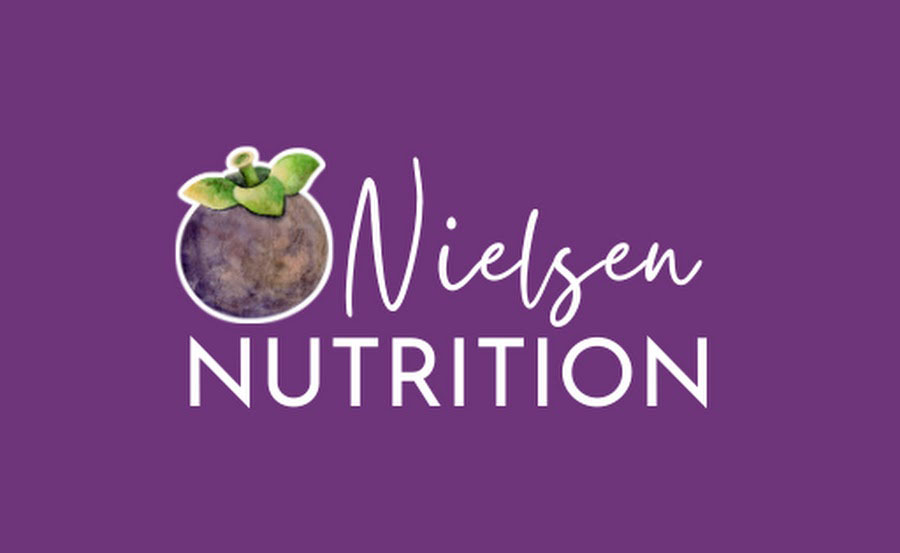09 Feb Back to Basics: Colorful Foods
Guest Blog post by Jamie Truppi, author of Clean Food, Messy Life. Check out more on Jamie’s blog here!

Back to Basics: Colorful Foods
I sit at my kitchen counter sipping my morning half-caffeinated coffee. I’m bundled up in layers, soaking up the sunshine beaming through the single-paned windows, staving off the cravings for flaky croissants, lemon-blueberry scones, and similar comfort foods. As my sourdough rises in the temperature-controlled space (the microwave with a stainless-steel bowl of hot water), I rack my brain and body for whole food dinner inspiration.
Typically for me, every meal centers around vegetables – acorn squash I bought from the farmer’s market in September; golden beets I’ve been meaning to roast and sprinkle with goat cheese; the green beans I bought at Costco and need to be consumed. These days, all I want to eat is carbs and fats and salt (to stay warm, I surmise).
Ironically, I’m guiding a 21-day course – a Plant Therapy course – focusing on the mind-body benefits of diverse phytonutrients found in colorful plant foods. I’ve created meal plans bursting with color – this week, red and orange foods like pomegranates, peppers, tomatoes, sweet potatoes, persimmons, and carrots. Legumes, too, like kidney beans and red lentils. These foods are foundational for wellbeing, ripe with nutrients scientists have yet to discover, plus nutrients we’ve heard about for years: lycopene, anthocyanins, ellagic acid, beta-carotene, curcuminoids, bioflavonoids, and more…
Plant foods are more important than ever! We Westerners are experiencing what many functional nutritionists, doctors, and naturopaths are calling “The Phytonutrient Gap”, a huge chasm between high intake of processed foods we’re actually eating and the nutrient-dense foods that feed, stimulate, and protect our DNA, cells, organs, bones, hormones, immune system, detox pathways, energy metabolism, and, yes, our cognition, mood, minds (and more).
Colorful fruits, veggies, legumes – and even grains, nuts, and seeds (brown is a color, too!) – offer so many benefits to the body it would take a long, clinical list to describe them. Each color in the plant-based food spectrum contains its own, unique combination of phytochemicals. Aromas and tastes indicate even more inherent plant compounds. In general, know this: the more colorful and diverse array of plants we eat daily, the more we reduce our risk of chronic disease. We can reverse many conditions with food (it’s true), and, importantly, we’ll also experience more vitality. Because, um, plants are alive.
Knowing the name and the function of each phytonutrient isn’t important or necessary for most of us. If suffering from a certain condition, it’s a good idea to become knowledgeable about which foods benefit individual needs. I once worked with a woman losing her vision due to diabetes. She started eating 2 orange foods every day. In a week – yes, only one week – her vision was noticeably better! It’s not always easy to replace the Standard American Diet foods that are harming us, but improved health really can be that simple.
Circling back to my craving carbs-and-salt conundrum, I allowed myself to enjoy one teff, quinoa, apple and pecan muffin, which I made for my daughter’s class to celebrate her birthday. For lunch I’ll eat leftover steamed brussels sprouts, leafy greens, and eggs with kraut. Snack: red and yellow bell peppers with hummus (later, dark chocolate, walnuts, dried cherries). My dinner inspiration (from the meal plan I created for the program): one-pan sausage, squash, shallots, and shrooms (plus buttered sourdough).



Sorry, the comment form is closed at this time.